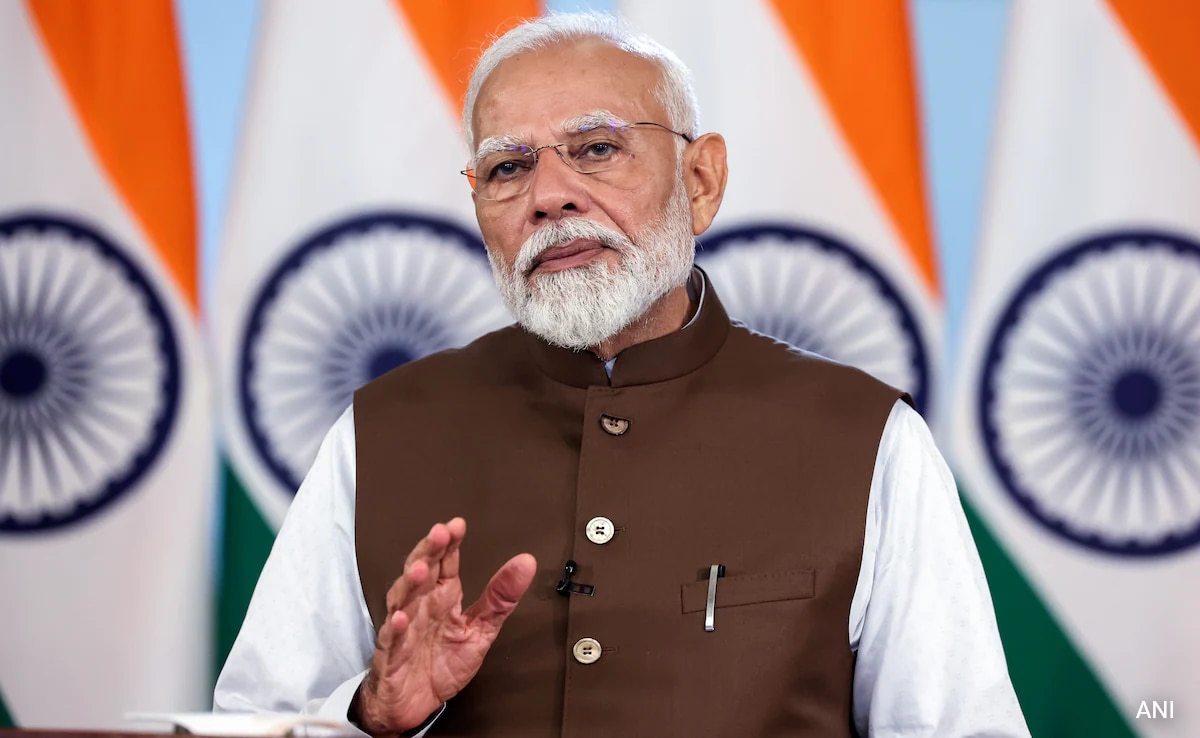Last updated: January 26, 2024, 10:41 IST
Varanasi [Benares]India
This was confirmed after the report of Archaeological Survey of India (ASI) Existence of a temple before the construction of Gyanvapi Mosque Swami Chakrapani Maharaj, President of Hindu Mahasabha in Varanasi, appealed to the Muslim side to give back the rights of Hindus and set an example.
“In the Gyanvapi case, the ASI has given a conclusive report. It is clear that before the present structure there was a huge Sanatani temple here. I appeal to the Muslim side to hand over the rights of Hindus back to them and set an example that if the Mughals did something wrong, the present Muslim generation does not support it,” Swami Chakrapani was quoted as saying ndtv That being said.
Also read: What is the Gyanvapi Masjid case? History and timeline of the legal battle explained
Advocate Vishnu Shankar Jain, representing the Hindu side, said, “As per the ASI report, the present structure was built on a Hindu temple. The western wall is about 5000 years old and belongs to a Hindu temple. It has carvings of Hindu gods and goddesses. The inscriptions are in Telugu and Kannada…Broken idols have been found. An inscription installed by Aurangzeb has been found which clearly states that this structure was built by demolishing a temple…The GPR survey also says that there is a lot beneath the sealed area.
Jain further claimed that the ASI report shows that the temple was destroyed to build the mosque.
“All the items discovered were documented. There was no damage to the structure. Based on scientific studies, pillars from the previous structure have been used in the current structure. The pre-existing structure was there,” Jain told reporters.
“This temple had a large central chamber and at least one chamber to the north, south-east and west respectively. North, 8. The remains of three chambers to the south and west still exist, but the remains of the chamber to the east and its further extensions have not been physically explored, as this area is under a platform with a stone floor. Covered,” the ASI report said.
The report further states that for the expansion and construction of the mosque, parts of the pre-existing temple, including pillars and pillars, were reused with slight modifications.
“Microscopic study of the pillars and pillars in the corridor shows that they were originally part of a pre-existing Hindu temple. “For their re-use in the existing structure, the Vyala figures carved on either side of the lotus medallion were distorted and the place was decorated with floral designs after removing the stones from the corners,” page 134 of the ASI report read. .
The ASI began work on a scientific survey of the Gyanvapi Mosque complex in August 2023 to determine whether the 17th-century mosque was built on a pre-existing structure of a Hindu temple.
Based on the court order, the ASI report on Gyanvapi Mosque was provided to both Hindu and Muslim parties.
Follow us on Google news ,Twitter , and Join Whatsapp Group of thelocalreport.in




















